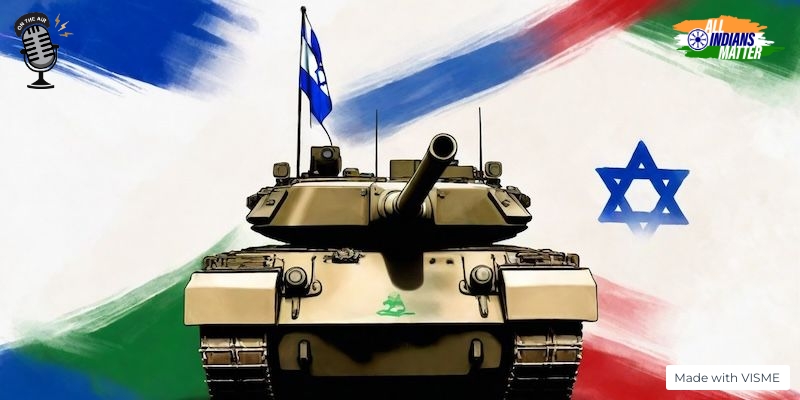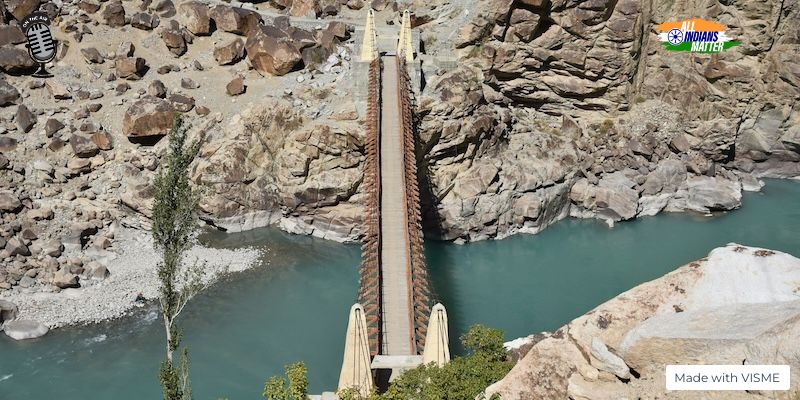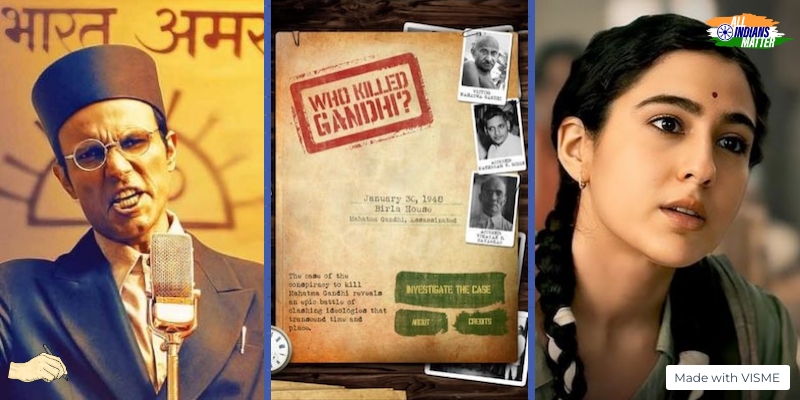Ashraf Engineer
May 7, 2022
EPISODE TRANSCRIPT
Hello and welcome to All Indians Matter. I am Ashraf Engineer.
A few days ago, there was an exchange between Bollywood actor Ajay Devgn and southern star Sudeep over Hindi as a national language. Sudeep said Hindi was not the national language, to which Devgn asked why then all of Sudeep’s films were dubbed in it. He went on to say that Hindi was and will always be the national language. Former Karnataka Chief Minister Siddaramaiah jumped into the debate, saying: “Hindi was never and will never be our national Language. It is the duty of every Indian to respect the linguistic diversity of our country. Each language has its own rich history for its people to be proud of. I am proud to be a Kannadiga!” This isn’t the first time the attempted imposition of Hindi as the national language has proved controversial. Last year, a circular in a Delhi hospital asked nursing staff to not converse in Malayalam, because “maximum patients and colleagues do not know this language”. They were ordered to speak only in English and Hindi. Such incidents have only strengthened the long-held misconception that Hindi is our national language. To be clear, it isn’t. So, why is a debate raging over it?
SIGNATURE TUNE
AUDIO CLIP
Fact: India has no national language.
Fact: The Eighth Schedule to the Constitution lists 22 languages. In 1950, the Constitution listed 14 – Assamese, Bengali, Gujarati, Hindi, Kannada, Kashmiri, Malayalam, Marathi, Oriya, Punjabi, Tamil, Telugu, Sanskrit and Urdu. The list was expanded thrice to include Sindhi, Konkani, Manipuri and Nepali and then four more languages, Bodo, Santhali, Maithili and Dogri. Another 41 languages are in line to find a place in the Eighth Schedule.
The confusion over the national language probably arises from Article 343(1) that says Hindi in the Devanagari script and English are the official languages in India. There is also Article 351, which says it is the government’s duty to promote the spread of Hindi as a way to express India’s composite culture. Meanwhile, Article 348(2) and Section 7 of the Official Languages Act (1963) allow Hindi-speaking states such as Bihar and Rajasthan to use the language in their high courts. Tamil Nadu asked New Delhi to make similar provisions for Tamil but a court rejected the plea, saying it would impact postings of high court judges across India.
Remember, the ‘official’ language is NOT the ‘national’ language. The main difference is that the official language is used by the government for its functioning, and may not be spoken by everyone. A national language is one that is the primary language of an overwhelming majority of the population. Hindi is spoken by many, but it is NOT the overwhelming primary language for a majority of Indians.
Language isn’t about politics, it’s about history, culture and society.
This has been noted by the courts too. In 2010, a Gujarat court asserted: “Normally, in India, majority of the people have accepted Hindi as a national language and many people speak Hindi and write in Devanagari script but there is nothing on record to suggest that any provision has been made or order issued declaring Hindi as a national language of the country.”
However, there has been a concerted move to make Hindi the national language. This is part of the Bharatiya Janata Party government’s effort to turn India into a monochrome country with a single language, a Hindutva ideology and a Uniform Civil Code.
Accordingly, Hindi has gained even more prominence in official communication. The prime minister and his Cabinet make it a point to use it in their addresses, train tickets are printed only in Hindi and English and government websites rarely use other languages. In Delhi, courses are mainly offered in English and Hindi, although Urdu is an official language too.
Supporters of the government’s ideology often point to the 2011 Census that pegged Hindi speakers at almost 44% of the population. However, GN Devy, who headed the People’s Linguistic Survey of India, has been quoted as saying that this isn’t an accurate picture. Various experts have pointed out that the number in fact subsumes various North Indian languages under the label of ‘Hindi’. It is estimated that there 65 such languages.
In fact, only five states have Hindi as their ‘native’ language but even there locals speak in dialects or a form of Hindi that is drastically different from the mainstream. For instance, in Bihar, Bhojpuri and Maithili are more common. In Chhattisgarh, people use Chhattisgarhi. All of these, as I said, were subsumed under Hindi.
One of the reasons the imposition of a language is opposed strongly is that language is at the centre of individual and community identity. You and I think and speak in a language so that we can be part of society and have a certain identity.
Let’s look at the historical perspective too. When India gained Independence, it was thought that states would be demarcated on the basis of language. However, with a large population speaking multiple languages, the only way forward was to draw up the Eighth Schedule of the Constitution that listed a number of languages as official ones.
Also, Hindi became the counter-balance to the elitism associated with English. In the poor regions, English was inaccessible and so Hindi became the easier option.
I said earlier that Hindi is being given prominence over other languages as a way to promote a certain idea of nationalism. So, in 2017, India pushed to include Hindi as a language of the United Nations — an under-the-radar attempt to give it national language status.
The campaign to make Hindi the national language is an exclusionary one. It seeks to strip away the layered reality of India to a single idea. The argument that it’s necessary for national integration doesn’t make sense either because you can’t have that at the expense of people’s linguistic and cultural characters. Language is at the centre of all political, cultural and social exchange, so Hindi forced down our throats goes beyond imposition. It threatens our very cultural identity.
Thank you all for listening. Please visit allindiansmatter.in for more columns and audio podcasts. You can follow me on Twitter at @AshrafEngineer and @AllIndiansCount. Search for the All Indians Matter page on Facebook. On Instagram, the handle is @AllIndiansMatter. Email me at editor@www.allindiansmatter.in. Catch you again soon.






